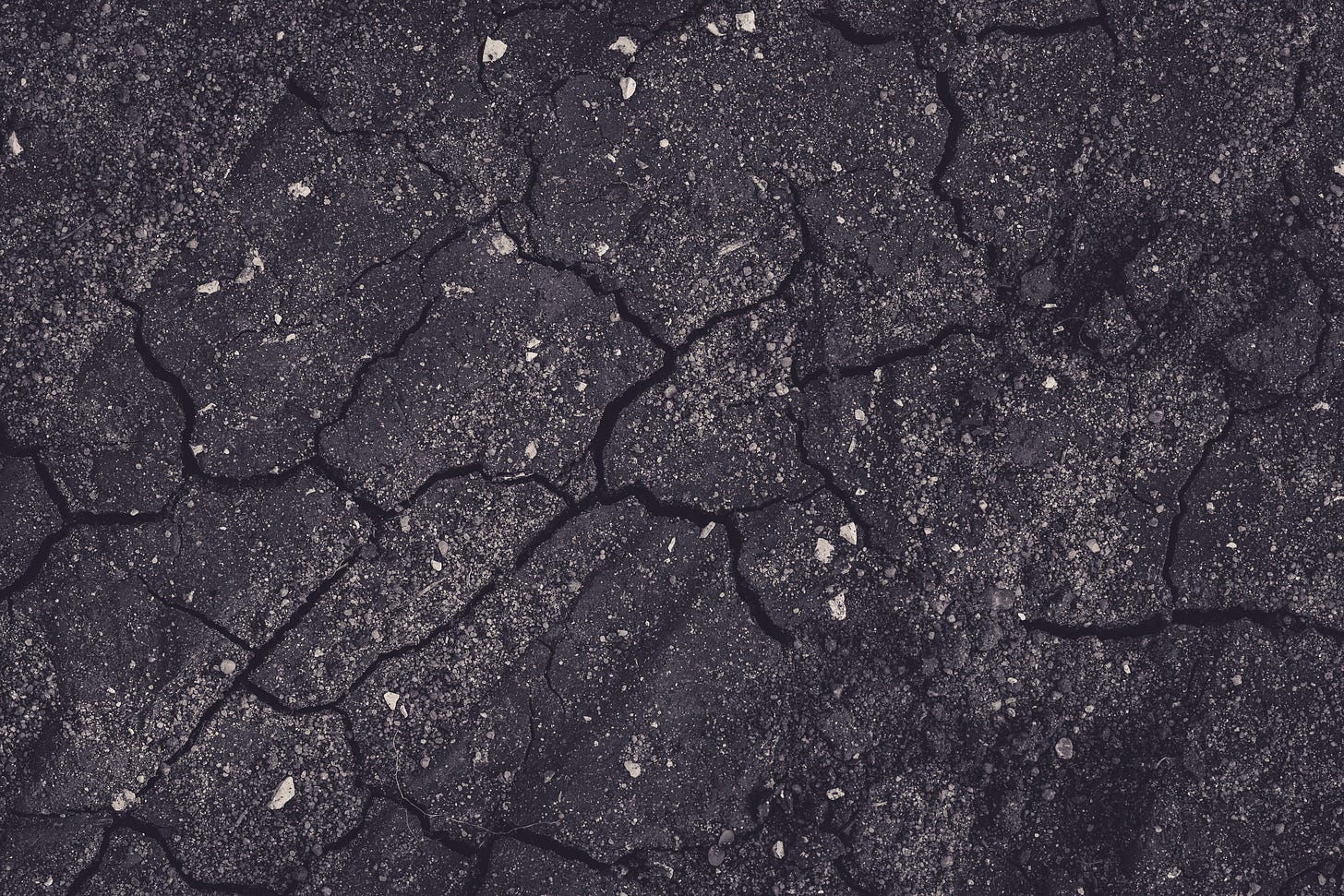Alone on the Corner of Hope and Despair
On a cold February night in 2013, I was tested like never before. Would I pass?

Author’s note: This story involves falling. I realize this is an uncomfortable topic for many, so let this serve as a heads-up.
This is also a long post, so it might take a couple sessions to read!
Keep reading with a 7-day free trial
Subscribe to Hello, Adversity to keep reading this post and get 7 days of free access to the full post archives.



